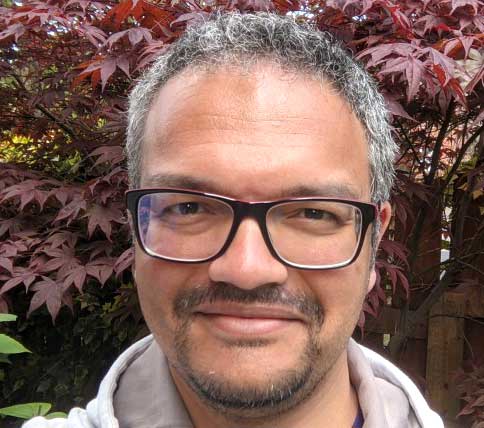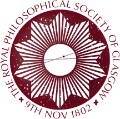
Since it’s launch on Christmas Day in 2021, the James Webb Space Telescope (JWST) has quickly cemented its potential to be the most influential scientific facility in history. A triumph of space engineering and technology, it has already achieved its main goals: to find the raw materials for life on distant worlds, and to see the glimmers of light from the first stars to have ever formed. I will take you on a tour of JWST, highlighting the elements of its design which make these incredible discoveries possible. As an early user of JWST, I will try to convey the excitement, and dread, that the observatory inspired in the astronomical community over the years, culminating in the steady stream of present discoveries that appear almost every day. I will end with an introduction to my own nook of the JWST-verse, the study of dusty winds blown by those monsters of the Universe, supermassive black holes. My aim is to give you the scientific and historic context to understand the revolution that JWST will bring to astrophysics in the next two decades.

